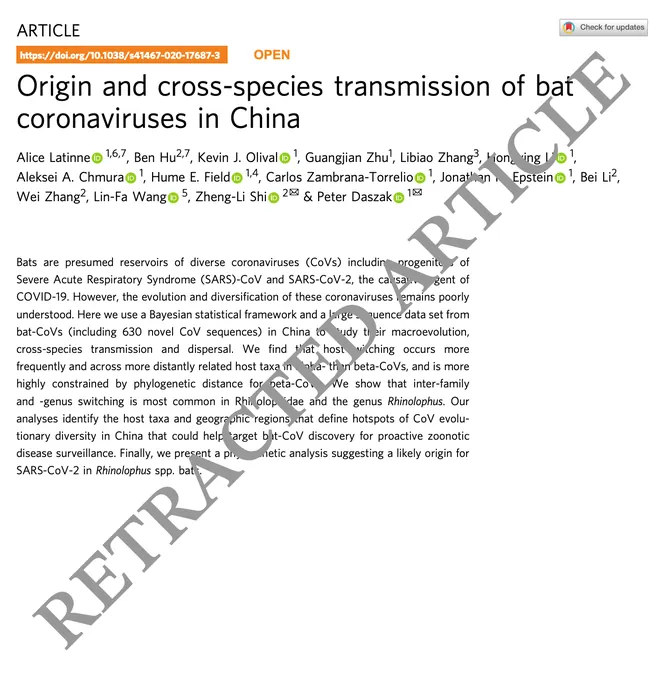
Breakthrough in Water Purification: Carbon Nanotube Membranes Target Toxic Steroid Hormones!
2024-12-02
Author: Wei Ling
In a remarkable development, researchers at the Karlsruhe Institute of Technology (KIT) have pioneered a method to effectively remove steroid hormones—one of the most prevalent micropollutants—from water using cutting-edge carbon nanotube membranes.
This innovation could revolutionize water purification, addressing a critical environmental concern that poses serious risks to both human health and aquatic ecosystems.
Why Steroid Hormones Are a Concern
Steroid hormones, commonly found in products like pharmaceuticals and contraceptives, can significantly disrupt hormonal systems even in minute concentrations.
These pollutants, often invisible to conventional water treatment processes, not only jeopardize human health but also wreak havoc on the ecological balance of aquatic ecosystems.
Studies have indicated that such endocrine disruptors can lead to reproductive and developmental issues in fish and other wildlife, leading to alarming long-term effects on biodiversity.
Unleashing the Power of Electrochemical Oxidation
Traditional methods have proven inadequate for detecting and removing these hazardous compounds.
Enter electrochemical oxidation (EO), an emerging treatment technique that utilizes an anode and cathode connected to an external power source.
By manipulating electrical energy at the electrodes, this method can oxidize and degrade various pollutants, including stubborn steroid hormones.
Research conducted in collaboration with experts from UCLA and Hebrew University has shown that the use of electrochemical membrane reactors (EMR)—where carbon nanotube membranes serve as flow-through electrodes—demonstrated significant improvements in pollutant removal efficiency.
These carbon nanotubes, with their exceptional electrical conductivity and vast surface area, enhance mass transfer and facilitate faster electrochemical reactions.
Key Findings from Recent Research
The KIT researchers conducted comprehensive studies that revealed interesting insights: the adsorption of steroid hormones onto carbon nanotubes does not hinder their degradation.
In fact, they discovered that rapid adsorption and efficient mass transfer contribute to effective pollutant removal.
Dr. Siqi Liu, a postdoctoral researcher at IAMT, emphasized the implications of these findings, stating, "Our results provide a deeper understanding of the electrochemical mechanisms and can lead to improved strategies for micropollutant elimination."
This groundbreaking research has been documented in "Nature Communications," shedding light on the nuanced interactions occurring within electrochemical membrane reactors,
setting the stage for widespread implementation of this technology in water treatment facilities worldwide.
What Lies Ahead? A Cleaner Future
As the global water crisis looms larger, innovations such as the use of carbon nanotube membranes are crucial in the fight against water pollution.
This research not only charts a course toward cleaner water supplies but also demonstrates the potential for advanced materials in solving pressing environmental issues.
The move toward integrating such technology in water treatment processes could be key to ensuring safe, clean water for populations around the globe.
For those concerned about the quality of water and the pollutants lurking within it, this scientific breakthrough might just be the game-changer we've been waiting for!


 Brasil (PT)
Brasil (PT)
 Canada (EN)
Canada (EN)
 Chile (ES)
Chile (ES)
 España (ES)
España (ES)
 France (FR)
France (FR)
 Hong Kong (EN)
Hong Kong (EN)
 Italia (IT)
Italia (IT)
 日本 (JA)
日本 (JA)
 Magyarország (HU)
Magyarország (HU)
 Norge (NO)
Norge (NO)
 Polska (PL)
Polska (PL)
 Schweiz (DE)
Schweiz (DE)
 Singapore (EN)
Singapore (EN)
 Sverige (SV)
Sverige (SV)
 Suomi (FI)
Suomi (FI)
 Türkiye (TR)
Türkiye (TR)